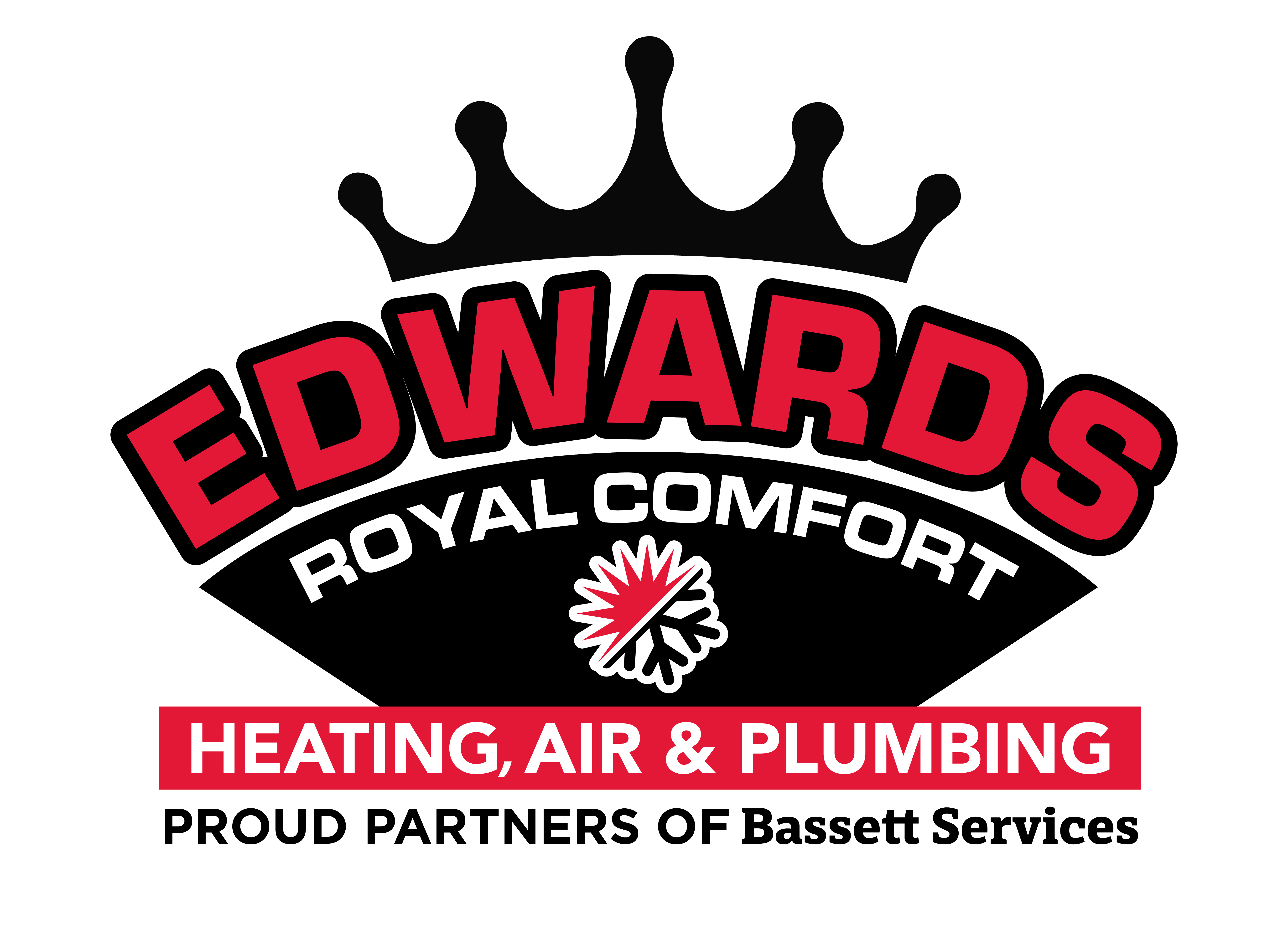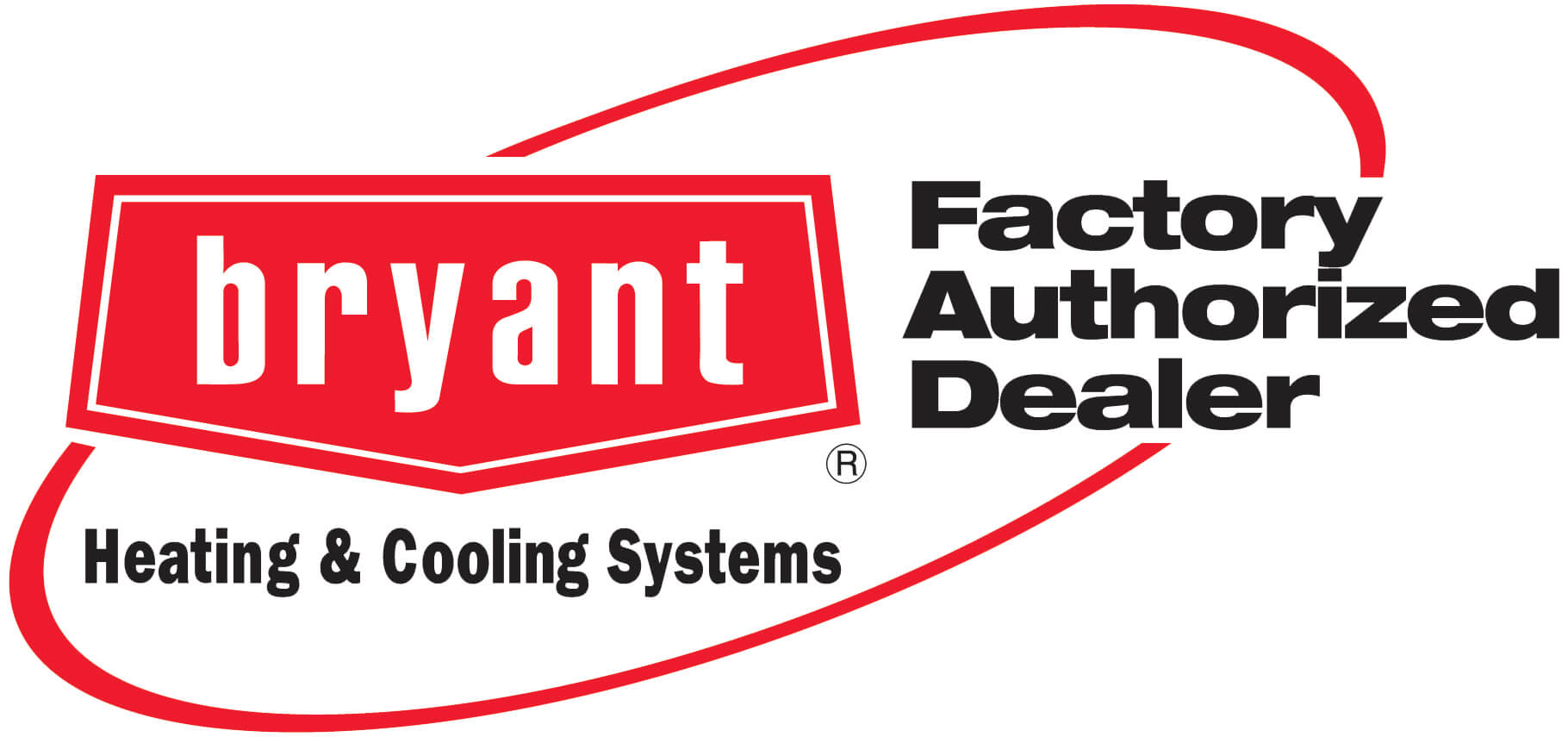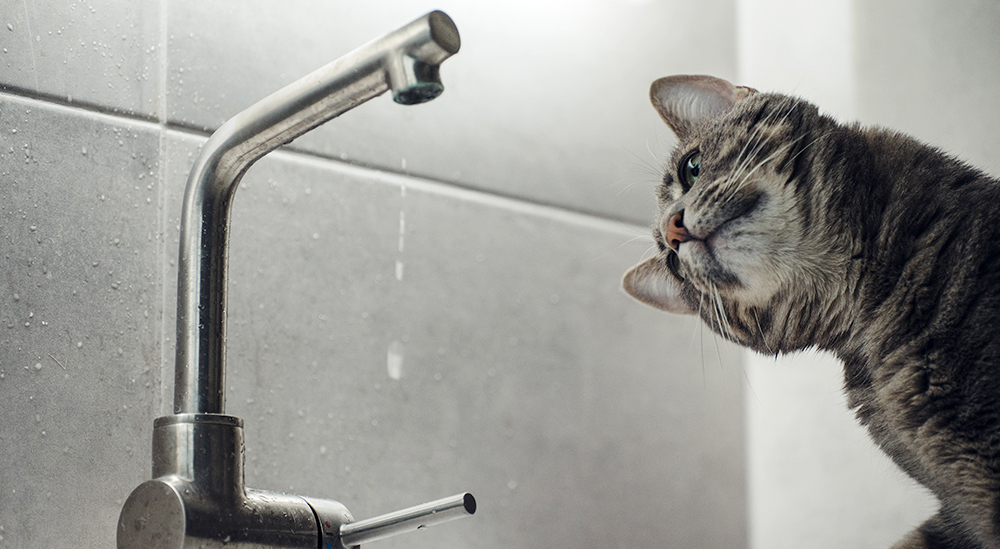When you turn on your home’s faucets or showers, you expect to be greeted by clean water for drinking, bathing or cleaning. But when your home’s drinkable water (also referred to as potable water) comes in contact with other sources, it can contaminate your potable water supply.
To protect your home or business’ drinking water from contamination, you may need a plumber to install a backflow preventer. In our most recent blog, the plumbers at Edwards Royal Comfort discuss what backflow prevention is, how backflow preventers work and the benefits of installing one. For all of your home’s plumbing needs, including the installation of a backflow preventer, contact Edwards today.
How Does Backflow Occur?
Backflow occurs when the normal flow of water in your home’s pipes or plumbing system suddenly reverses directions. If this occurs, the clean water that you drink or shower with can come into contact with used water that may contain chemicals, bacteria and other harmful contaminants.
Without getting too technical, backflow occurs when different levels of pressure exist within two different points in a plumbing system, such as water of high pressure flowing to water of low pressure. Backflow typically results from one of two processes: backsiphonage and backpressure.
Without backflow preventers, both non-potable and potable water can be introduced into the drinking water system, which can be dangerous to those who drink or use the water.
Do You Need a Backflow Preventer?
Backflow preventers are devices that are installed on your home’s water pipes that only allow water to flow in one direction and not the opposite. Their purpose is to prevent drinking water from being contaminated with other sources because of backflow.
Backflow preventers are common in commercial settings, but some homes can also benefit from having one installed. The number-one reason to install a backflow preventer in a home is if you have a sprinkler system that cross-connects with the drinking water system.
If an event causes a drop in the water main’s pressure because of a nearby burst pipe or the use of a fire hydrant, the water pressure difference can cause contaminants to flow back through the sprinkler head, which can introduce fertilizer and pesticides into potable water.
In some cases, when a main water line break occurs, water is no longer being pushed forward into your home and will flow into the city water lines. This can contaminate the drinking water supply with:
- Soap from sinks, showers and dishwashers
- Human waste
- Pesticides and fertilizers
- Chlorine from pools
These contaminants and bacteria can lead to you or your neighbors becoming sick.
Benefits of Installing a Backflow Preventer
The number-one benefit of installing a backflow prevention device is to prevent backflow from contaminating your home’s drinking water supply. The backflow prevention device will stop water if it tries to flow backwards into the city’s main water supply.
Several states require homes and commercial businesses to install backflow prevention devices. Many newer homes already come equipped with one, especially those with a sprinkler system, which we discussed earlier.
Aside from the health of you and your loved ones, installing a backflow valve can prevent damaged pipes due to foreign materials flowing through them. Damaged pipes and contaminated water can lead to lengthy repairs that can leave your home without safe water for several days at a time.
Contact Edwards About Backflow Preventer Installation
If your home is older and you’re unsure whether it has a backflow prevention device, contact the licensed plumbers at Edwards Royal Comfort. We’ll inspect your plumbing system and help you decide whether a backflow prevention device is a good idea.
If we inspect your home and find that you have a backflow prevention device in need of repairs, we can help with that as well. For all of your plumbing needs, from backflow prevention devices to tankless water heater services, contact Edwards Royal Comfort.



